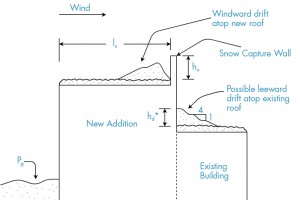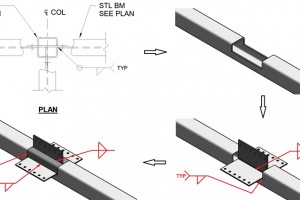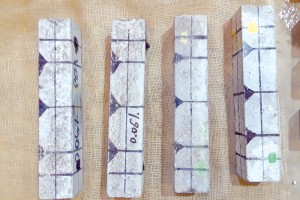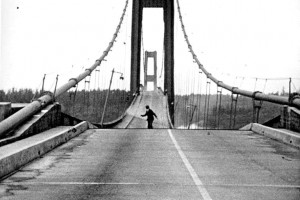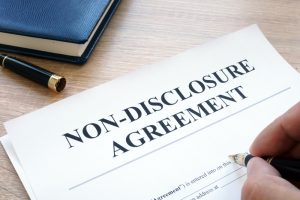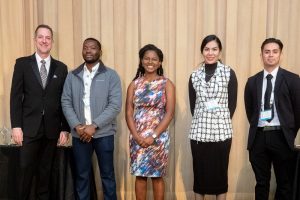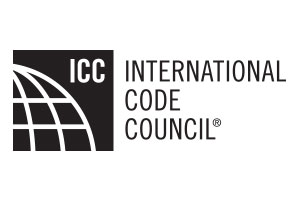Part 2
The American Society of Civil Engineers’ ASCE 7-22 load standard, Minimum Design Loads for Buildings and Other Structures, is now available, and substantive changes have been made to both the snow and rain provisions. This article is the second in a two-part series regarding these changes. Part 1 (STRUCTURE, January 2022) reviewed changes to the ground snow loads, which represents a shift away from uniform hazard to uniform risk, and the addition of a winter wind parameter to account for the variability in winter wind speeds on drift loads. This article reviews other revisions to the snow loads, including a more accurate estimation of the horizontal extent of windward drifts, revised thermal factors Ct to account for current trends in roof insulation and venting, and guidance on design loads for snow capture walls added to this edition. Also, changes were made to Chapter 8 to include a ponding head to the rain load, which provides a consistent approach to assess ponding.
…
